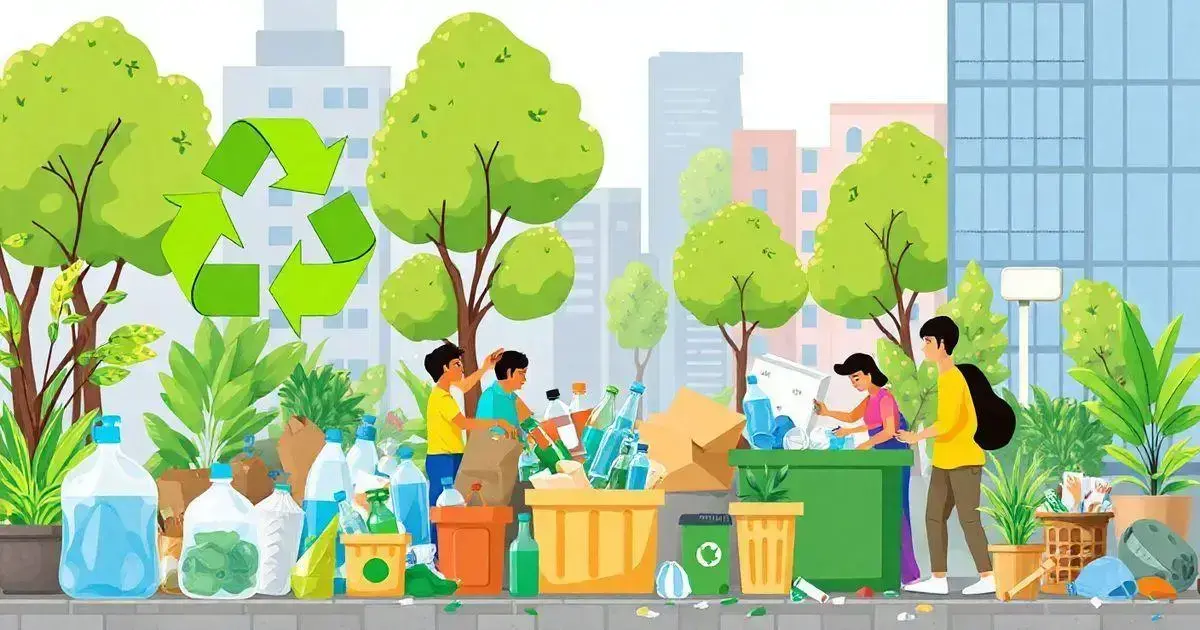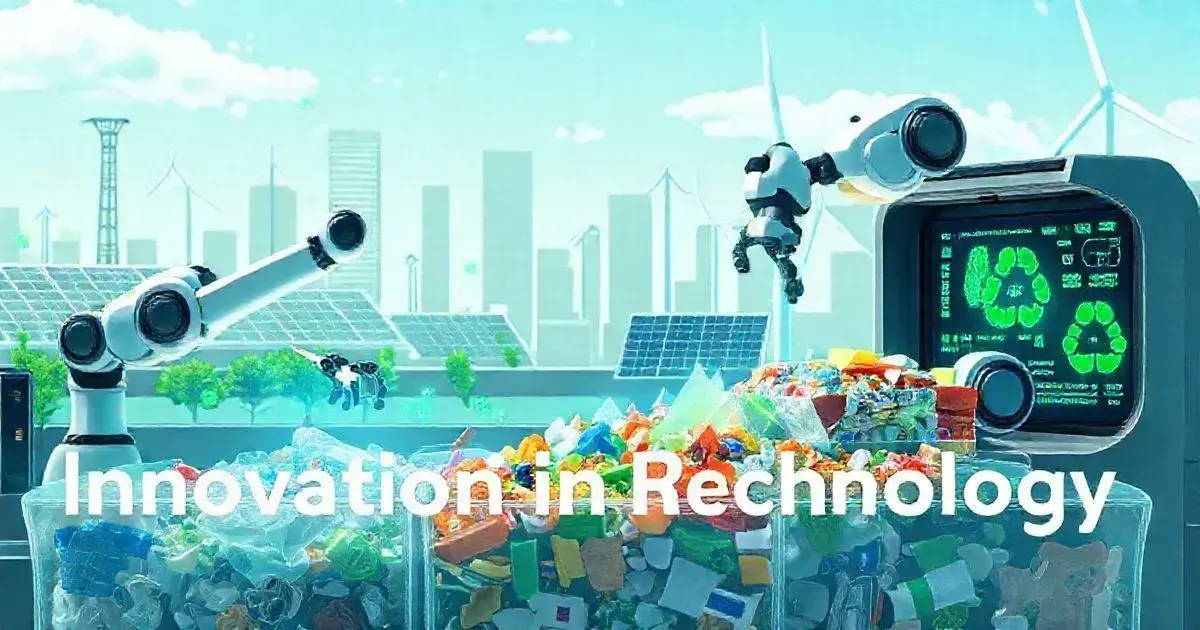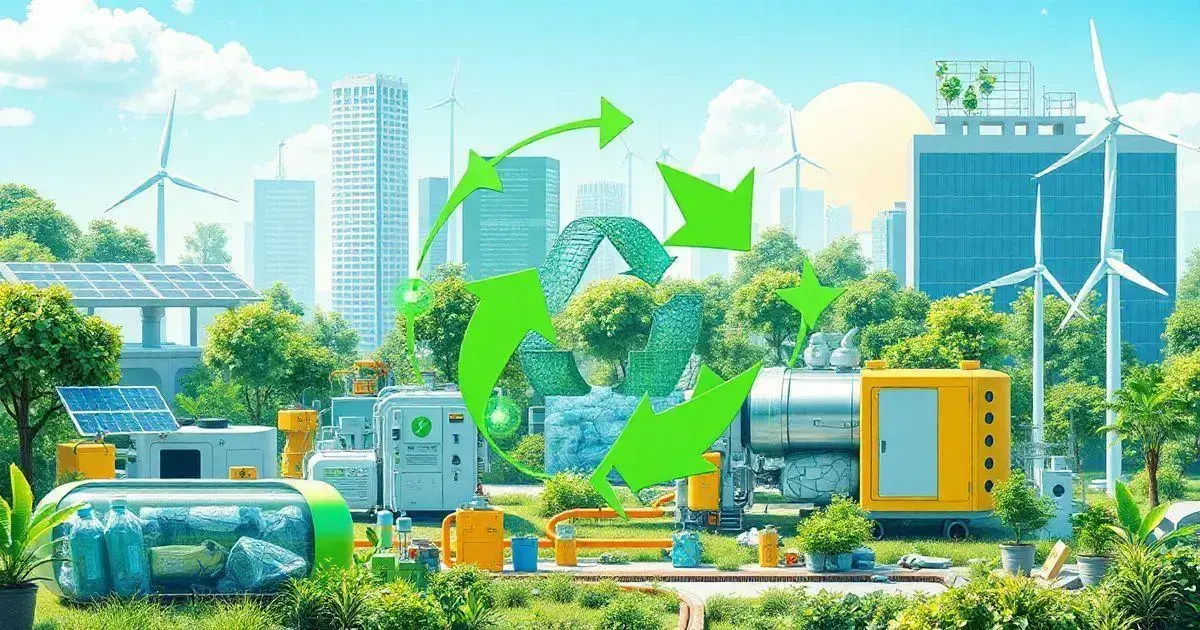Recycling techniques play a crucial role in creating a more sustainable environment. By properly managing waste, we can reduce pollution, conserve natural resources, and minimize the strain on landfills. Recycling transforms used materials into new products, decreasing the need for raw material extraction and reducing environmental impact.
Embracing effective recycling techniques benefits both the planet and future generations. From separating waste correctly to utilizing advanced recycling technologies, small changes in daily habits can lead to significant improvements. Businesses and communities that implement structured recycling programs contribute to a cleaner and more resource-efficient world.
How can individuals and organizations adopt better recycling techniques to maximize their impact? Exploring innovative methods and best practices can help create a more sustainable future while ensuring that valuable materials are reused efficiently.
Understanding Different Recycling Techniques
Understanding different recycling techniques is essential for anyone looking to contribute positively to the environment. Recycling helps reduce waste, conserves natural resources, and lowers energy consumption.
There are several effective recycling techniques that you can adopt.
One popular method is single-stream recycling, where all recyclable materials are placed in one container. This makes it easier for people to recycle more items without separating them. However, it is crucial to ensure that non-recyclables do not contaminate the recyclables.
Another technique is composting, which is specifically beneficial for organic materials. By composting food scraps and yard waste, you can create nutrient-rich soil while reducing landfill waste. This natural process helps reduce the amount of methane produced by organic waste in landfills.
For electronic waste, specialized recycling techniques are required. Many components of electronic devices, such as metals and plastics, can be recycled to create new products. Proper disposal through certified e-waste recyclers helps keep harmful substances out of the environment.
When it comes to plastics, the mechanical recycling technique is commonly used. This process involves shredding and reprocessing plastic materials into new products. Specific types of plastics can be converted back into raw materials, making this an efficient method.
Lastly, upcycling is a creative approach to recycling. Instead of merely processing waste, upcycling transforms old products into new, higher-quality items. This technique encourages innovation and reduces the need for new materials.
The Importance of Recycling in Waste Management

The importance of recycling in waste management cannot be overstated. Recycling helps reduce the amount of waste that ends up in landfills, which are the primary source of pollution and environmental degradation. By reprocessing materials, we can conserve natural resources, save energy, and lower greenhouse gas emissions.
One significant benefit of recycling is that it can lead to less waste generation. When recyclable products are processed, valuable raw materials are recovered, decreasing the need to extract new resources from the environment. This not only protects the ecosystem but also reduces the carbon footprint associated with manufacturing new products.
In addition to environmental benefits, recycling creates job opportunities. The recycling industry employs thousands of people in various roles, from collection to processing. Investing in recycling initiatives not only supports local economies but also encourages sustainable practices within communities.
Furthermore, recycling promotes community engagement. When residents actively participate in recycling programs, they become more aware of waste management issues and environmental challenges. Educating communities about recycling fosters a culture of sustainability and encourages responsible consumer behavior.
Overall, the importance of recycling in waste management spans environmental, economic, and social dimensions. By understanding its benefits, we can all take part in making our world a cleaner, healthier place.
How to Effectively Implement Recycling Techniques
Effectively implementing recycling techniques is crucial for maximizing their benefits. The first step is to assess current waste management practices. Conducting an audit helps identify recyclable materials and common disposal mistakes, allowing for a more efficient recycling system.
Education and awareness play a vital role in encouraging participation. Informing communities about proper recycling practices through posters, workshops, and social media helps reduce contamination in recycling bins. Clear guidelines and regular communication ensure that individuals understand how to recycle correctly, improving overall efficiency.
Providing accessible recycling facilities is another key strategy. Placing recycling bins in convenient locations and clearly labeling them makes it easier for people to dispose of waste properly. Well-placed bins encourage consistent recycling habits in both public and private spaces.
Introducing reward programs can further enhance recycling efforts. Incentives motivate individuals and businesses to adopt sustainable practices, making recycling a more engaging and rewarding experience. Recognizing and rewarding active participation fosters long-term commitment to waste management.
Finally, regular monitoring and review of recycling programs ensure continued success. Collecting data on recycling rates helps identify areas for improvement and adjust strategies accordingly. By continuously evaluating and refining the program, recycling efforts remain effective and impactful over time.
Innovations in Recycling Technology

Innovations in recycling technology are changing the landscape of waste management. New methods are making recycling more efficient and effective. For instance, the development of automated sorting systems uses AI to identify and separate recyclable materials. This technology reduces human error and increases the recycling rates.
Another significant innovation is the use of advanced materials that can be recycled more easily. Companies are now creating products from materials that are designed to be recycled, promoting a circular economy. This approach not only conserves resources but also reduces pollution and waste.
Furthermore, chemical recycling is emerging as a viable solution for plastics that are difficult to recycle through traditional methods. This process breaks down plastics into their basic components, allowing them to be reused as new raw materials. It helps divert a significant amount of waste from landfills and incinerators.
Innovations are also seen in consumer engagement. New apps and platforms educate users about recycling processes and local facilities. These tools guide consumers in making better recycling choices and enhance community involvement.
Overall, the future of recycling looks promising as innovations continue to evolve, making strides towards a more sustainable and efficient waste management system.
Common Myths About Recycling Techniques
There are several common myths about recycling techniques that can lead to confusion and incorrect practices. One widespread myth is that all plastics are recyclable. In reality, only specific types of plastics can be processed through local recycling programs. It’s important to check the recycling symbols on containers.
Another myth suggests that rinsing recyclables is not necessary. However, rinsing helps prevent contamination, which is crucial for the recycling process. Dirty materials can spoil entire batches, causing them to be sent to landfills.
Some people believe that one person’s recycling efforts don’t make a difference. This is untrue. When everyone participates, large amounts of materials can be collected and processed, leading to significant environmental benefits.
Additionally, many think that recycling is always more eco-friendly than disposal. While recycling has benefits, the energy and resources used in the recycling process can sometimes outweigh the benefits for specific materials. It’s essential to consider all options, including reducing and reusing.
Lastly, another common myth is that recyclables are always turned into new products. Not every item can be fully recycled into new products; some may be downcycled into lower-quality materials. Understanding these myths helps individuals make better decisions regarding their recycling habits.
Future Trends in Recycling Techniques

Future trends in recycling techniques are shaping a more sustainable world. One key trend is the rise of smart recycling bins equipped with sensors. These bins can detect the type of material placed inside and provide real-time feedback to users, improving recycling habits.
Another advancement is blockchain technology for tracking materials in the recycling process. By using blockchain, organizations can create a transparent system that records every stage of recycling, ensuring that materials are processed correctly and efficiently.
Moreover, the development of new biodegradable materials offers exciting possibilities. These materials can break down naturally, reducing the burden on recycling facilities and landfills. This trend encourages companies to create products that are designed for easier disposal.
We can also expect a greater focus on local recycling initiatives. As consumers become more conscious of their environmental impact, communities will push for better local recycling programs that cater to their specific needs.
Finally, education and awareness campaigns will continue to play a critical role. As recycling technology evolves, informing the public about new practices and technologies will help ensure that recycling rates remain high and effective.
The Path Forward in Recycling Techniques
As we look ahead, incorporating effective recycling techniques is crucial for achieving a sustainable future. Innovations in technology, public engagement, and education are paving the way for better practices.
Understanding the importance of recycling in waste management helps us reduce landfill waste and conserve natural resources. By informed participation in recycling initiatives, we all play a role in this critical effort.
Additionally, challenging common myths about recycling allows for more effective practices, while keeping an eye on future trends helps us adapt to ongoing changes.
For individuals, communities, and businesses alike, embracing these techniques and fostering a culture of sustainability can lead to significant positive impacts on our environment.
